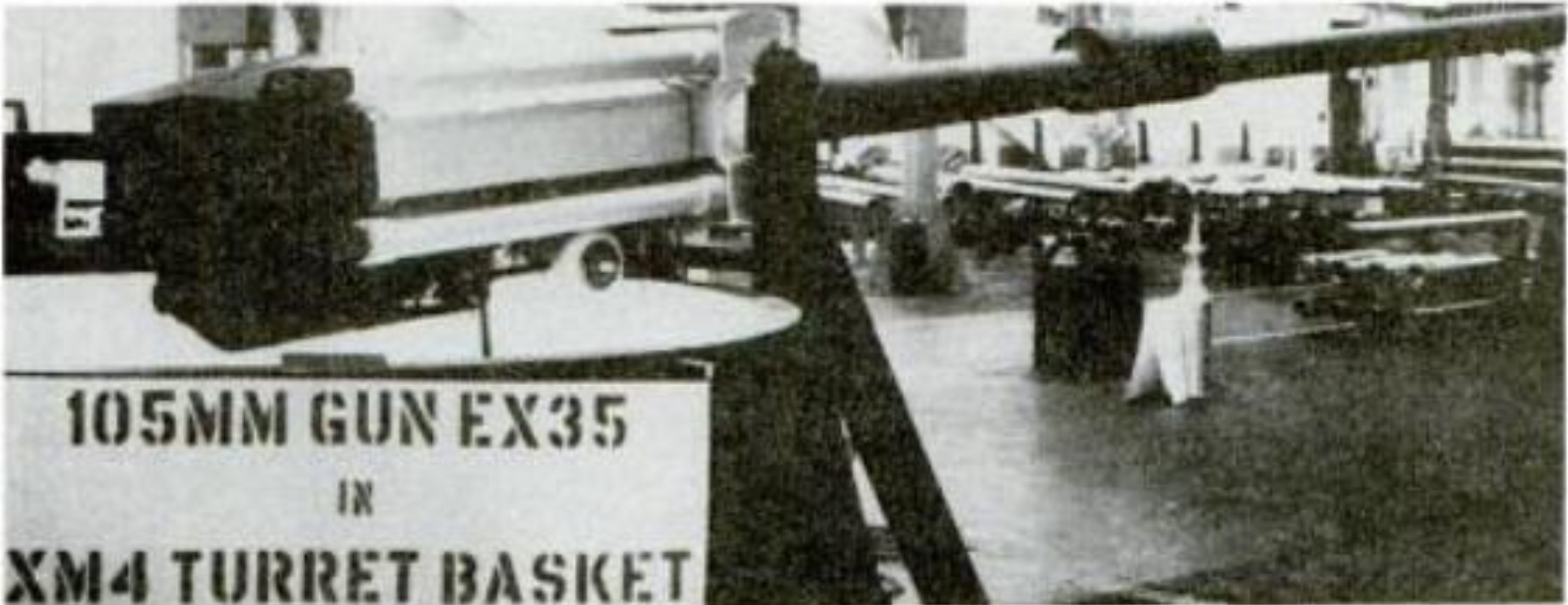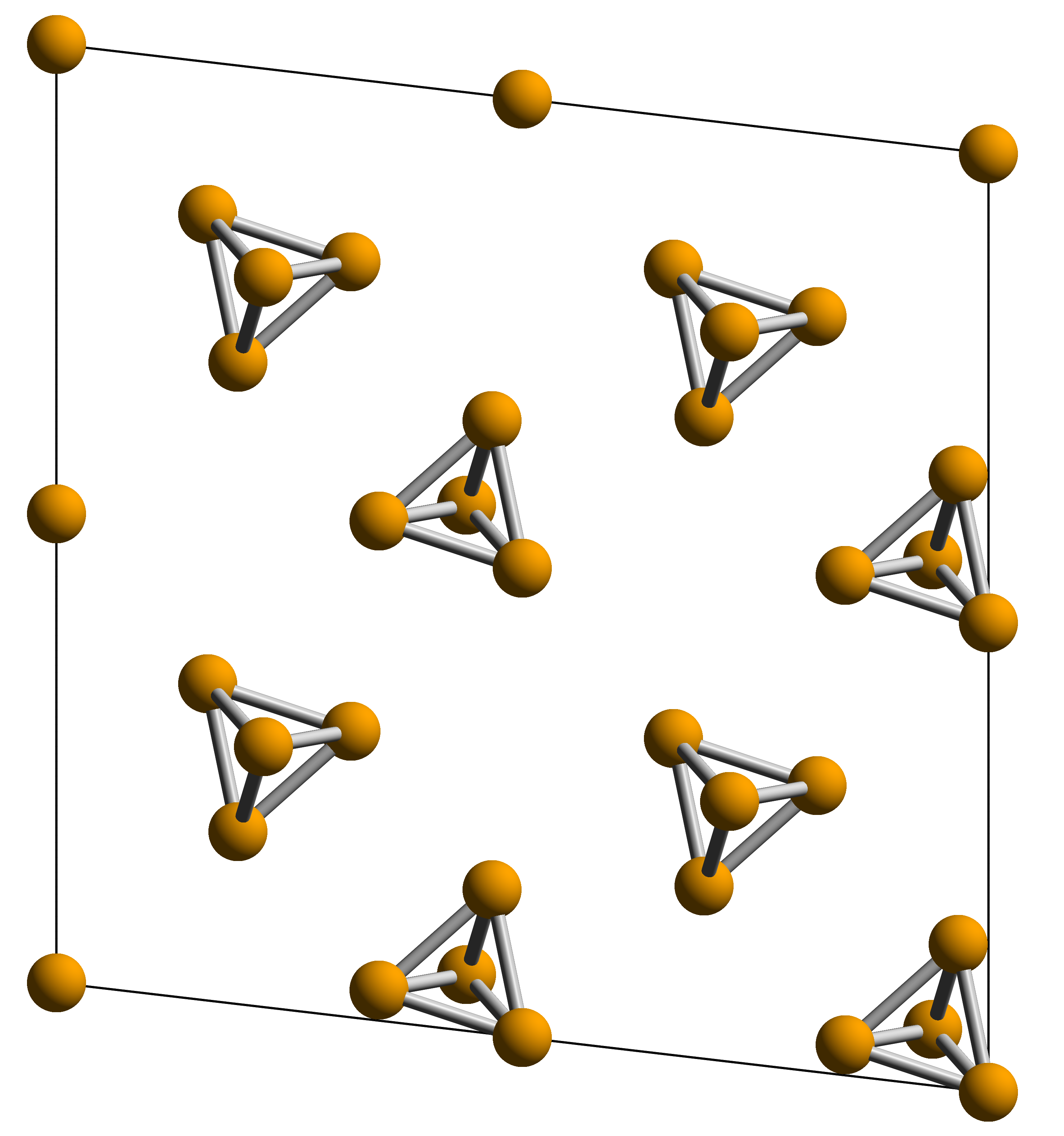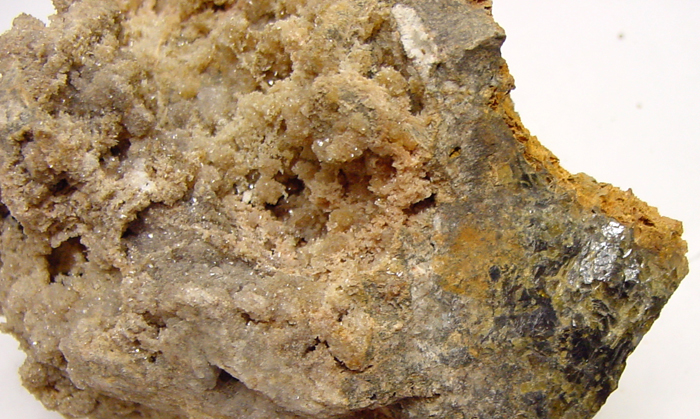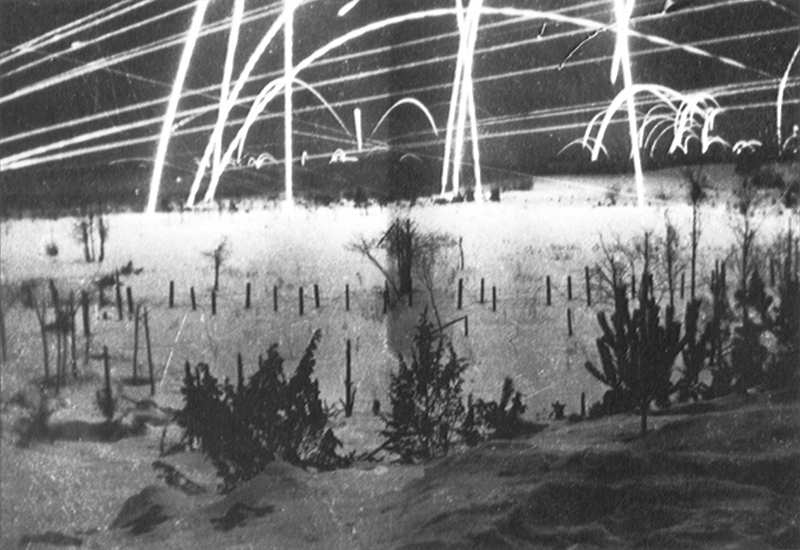|
105×617mmR
The 105×617mm (4.1 inch), also known as 105×617mmR, is a common, NATO-standard, tank gun cartridge used in 105 mm guns such as those derived from the Royal Ordnance L7. The 105×617mmR cartridge was originally developed from the calibre Ordnance QF 20-pounder 84 × 618R cartridge as part of the development of the L7 105 mm rifled gun. Ammunition Armour-piercing discarding sabot (APDS) Armour-piercing fin-stabilized discarding sabot (APFSDS) There are different ways to measure penetration value. NATO uses a criterion that 50% of the shell has to go through the plate, while the Soviet/Russian standard is higher as 80% had to go through. According to authorities like Paul Lakowski, the difference in performance can reach as much as 8% [...More Info...] [...Related Items...] OR: [Wikipedia] [Google] [Baidu] |
Royal Ordnance L7
The Royal Ordnance L7, officially designated Gun, 105 mm, Tank, L7, is the basic model of the United Kingdom's most successful tank gun. It is a 105 mm L/52 rifled design by the Royal Ordnance Factories, intended for use in armoured fighting vehicles, replacing the older QF 20-pounder (84 mm) gun mounted on the British Centurion tank. The successful L7 gun has been fitted on many armoured vehicles, including the Centurion (starting from the Mk. 5/2 variant), the German Leopard 1 and, in an altered design, as the M68 gun in several variants of the US M48 Patton and M60. The L7 is a popular weapon and continued in use even after it was superseded by the L11 series 120 mm rifled tank gun, for some Centurion tanks operating as Artillery Forward Observation and Armoured Vehicle, Royal Engineers (AVRE) vehicles. The L7, and adaptations of it, can be found as standard or retrofitted equipment on a wide variety of tanks developed during the Cold War. History Bot ... [...More Info...] [...Related Items...] OR: [Wikipedia] [Google] [Baidu] |
105 Mm Modèle F1
The Canon de 105 mm modèle F1 (or CN-105-F1) is a French 105 mm tank gun used with the AMX-30. History The CN 105 F1 was designed at the end of the 1950s by the arsenal of Bourges (EFAB) under the project name D1512, its development was completed in 1962 and the gun was registered as 105 Mle 62 (an abbreviated version of ''105 mm 1962 Model'') which in turn took the designation of CN 105 F1 after being fitted with its armored gun mantlet. As the French Army was relying on the OCC 105 F1 (''obus G'') as main as its only armor-piercing ammunition at that time, the rifling of CN 105 F1 gun barrel was given a relatively slow twist of one turn in 25 calibers to minimise the spin imparted to the High-explosive anti-tank, HEAT projectile, but this made it unsuitable for firing Armour-piercing discarding sabot, APDS, although compatible with all other types of NATO 105×617mm ammunition such as Armour-piercing fin-stabilized discarding sabot, APFSDS, the OFL 105 F1 being the fir ... [...More Info...] [...Related Items...] OR: [Wikipedia] [Google] [Baidu] |
M35 (tank Gun)
The M35, known during development as the EX35 and XM35, is an American 105 mm caliber, 105 mm caliber low-recoil tank gun. The M35 was developed for the U.S. Army and U.S. Marine Corps Mobile Protected Gun Program of the early 1980s. It was integrated onto the Marine Corps LAV-25#Derivatives, LAV-105, and the U.S. Army's M8 Armored Gun System and M10 Booker vehicles. History The M35 was designed and developed by Benét Laboratories, Watervliet Arsenal in 1983 for the Mobile Protected Gun Program, a joint U.S. Marine Corps and U.S. Army program. The program was canceled the following year, however the Large Caliber Weapon System Laboratory (LCWSL) mounted the EX35 in an XM4 Armored Gun System (AGS) Gun turret, turret basket during FY1984. LCWSL fired 100 rounds from the gun. Armored Gun System In 1991, the Senate and House Armed Services Committees joined in directing the Army to integrate the Gun turret, turret and Watervliet Arsenal EX35 gun of the LAV-105 with an AGS ... [...More Info...] [...Related Items...] OR: [Wikipedia] [Google] [Baidu] |
M68 (tank Gun)
The M68 is an American 105 mm tank gun. It uses British-designed L7 gun tube and cartridges with an American-designed mount, breech assembly and recoil mechanism. Technical characteristics The M68 differs from the L7 in several aspects : *The M68 uses a concentric recoil spring instead of a separate buffer and recuperator hydraulic cylinders. *The M68 has a cylindrical breech with a vertical sliding breech block instead of a square-shaped breech with a horizontal sliding breech block. *Firing is electrical only. *The M68 barrel is secured to the breech by a tapered pin and interrupted breech threads which allow the barrel to be removed from the gun shield without having to dismantle the mantlet. *The M68 is fitted with an eccentric bore evacuator instead of a concentric model in order to provide more clearance over the rear deck. *The M68 chamber has a difference in the length of its shoulder, producing a different diametral taper near the freebore. History The main gu ... [...More Info...] [...Related Items...] OR: [Wikipedia] [Google] [Baidu] |
NATO Cartridge
NATO cartridge may refer to: * Small arms ** 9×19mm NATO (STANAG 4090) ** 4.6×30mm NATO (STANAG 4820) ** 5.7×28mm NATO (STANAG 4509) ** 5.56×45mm NATO (STANAG 4172) ** 7.62×51mm NATO (STANAG 2310) ** 12.7×99mm NATO (STANAG 4383) ** 40 mm grenade (×46 mm LV, ×51 mm MV, ×53 mm HV) * Autocannons ** 20×102mm (STANAG 3585), 20 mm caliber ** 25×137mm (STANAG 4173), 25 mm caliber ** 27×145mmB (STANAG 3820), 27 mm caliber ** 30×173mm (STANAG 4624), 30 mm caliber ** 35x228mm (STANAG 4516), 35mm caliber * Tank guns ** 105×617mmR (STANAG 4458) ** 120×570mmR (STANAG 4385) * Artillery ** 105 mm 105 mm (4.1 in) is a common NATO-standard artillery and tank gun calibre. The rifled tank round is defined by STANAG 4458. The artillery round is defined by AOP-29 part 3 with reference to STANAG 4425. Artillery Since the early 21st century, mos ... (STANAG 4425) ** 155 mm (STANAG 4425) File:9x19mm Parabellum.svg, 9×19mm File:4,6 x 30.svg, 4.6×30mm File:FN round 1.png, 5.7×28 ... [...More Info...] [...Related Items...] OR: [Wikipedia] [Google] [Baidu] |
Santa Bárbara Sistemas
Santa Bárbara Sistemas is a Spanish defense contractor based in Madrid, integrated under General Dynamics European Land Systems (GDELS), a business unit of General Dynamics which consolidated in one structure all European subsidiaries of GDLS. It is one of the primary suppliers of the Military of Spain and is responsible for the assembly of heavy vehicles such as the Spanish Army's Leopard 2E main battle tank and the Pizarro infantry combat vehicle. The primary lines of business of Santa Bárbara Sistemas are armoured vehicles, special and amphibious vehicles, weapons systems, munitions and missiles, and Research & Development. The company is delivering the prototypes of the UK's Scout SV AFV through General Dynamics in the UK. General Dynamics acquired the company from the Spanish government 25 July 2001. History SBS was founded in 1960 by bringing together factories of the Spanish Ministry of Defense under the ''Instituto Nacional de Industria''. These included arse ... [...More Info...] [...Related Items...] OR: [Wikipedia] [Google] [Baidu] |
Hexolite
RDX (Research Department Explosive or Royal Demolition Explosive) or hexogen, among other names, is an organic compound with the formula (CH2N2O2)3. It is white, odorless, and tasteless, widely used as an explosive. Chemically, it is classified as a nitroamine alongside HMX, which is a more energetic explosive than TNT. It was used widely in World War II and remains common in military applications. RDX is often used in mixtures with other explosives and plasticizers or phlegmatizers (desensitizers); it is the explosive agent in C-4 plastic explosive and a key ingredient in Semtex. It is stable in storage and is considered one of the most energetic and brisant of the military high explosives, with a relative effectiveness factor of 1.60. Name RDX is also less commonly known as cyclonite, hexogen (particularly in Russian, French and German-influenced languages), T4, and, chemically, as cyclotrimethylene trinitramine. In the 1930s, the Royal Arsenal, Woolwich, started investiga ... [...More Info...] [...Related Items...] OR: [Wikipedia] [Google] [Baidu] |
White Phosphorus
White phosphorus, yellow phosphorus, or simply tetraphosphorus (P4) is an allotrope of phosphorus. It is a translucent waxy solid that quickly yellows in light (due to its photochemical conversion into red phosphorus), and impure white phosphorus is for this reason called yellow phosphorus. White phosphorus is the first allotrope of phosphorus, and in fact the first elementary substance to be discovered that was not known since ancient times. It glows greenish in the dark (when exposed to oxygen) and is highly flammable and pyrophoric (self-igniting) upon contact with air. It is toxic, causing severe liver damage on ingestion and phossy jaw from chronic ingestion or inhalation. The odour of combustion of this form has a characteristic garlic odor, and samples are commonly coated with white " diphosphorus pentoxide", which consists of tetrahedra with oxygen inserted between the phosphorus atoms and at their vertices. White phosphorus is only slightly soluble in water and can ... [...More Info...] [...Related Items...] OR: [Wikipedia] [Google] [Baidu] |
Zinc Oxide
Zinc oxide is an inorganic compound with the Chemical formula, formula . It is a white powder which is insoluble in water. ZnO is used as an additive in numerous materials and products including cosmetics, Zinc metabolism, food supplements, rubbers, plastics, ceramics, glass, cement, lubricants, paints, sunscreens, ointments, adhesives, sealants, pigments, foods, batteries, ferrites, fire retardants, semi conductors, and first-aid tapes. Although it occurs naturally as the mineral zincite, most zinc oxide is produced synthetically. History Early humans probably used zinc compounds in processed and unprocessed forms, as paint or medicinal ointment; however, their composition is uncertain. The use of ''pushpanjan'', probably zinc oxide, as a salve for eyes and open wounds is mentioned in the Indian medical text the Charaka Samhita, thought to date from 500 BC or before. Zinc oxide ointment is also mentioned by the Greek physician Dioscorides (1st century AD). Galen suggested treatin ... [...More Info...] [...Related Items...] OR: [Wikipedia] [Google] [Baidu] |
Hexachloroethane
Hexachloroethane (perchloroethane) is an organochlorine compound with the chemical formula . Its structure is . It is a white or colorless solid at room temperature with a camphor-like odor. It has been used by the military in smoke compositions, such as base-eject smoke munitions ( smoke grenades). Hexachloroethane was discovered along with carbon tetrachloride by Michael Faraday in 1820. Faraday obtained it by chlorinating ethylene. Manufacture Chlorination of tetrachloroethylene at 100–140 °C with the presence of iron(III) chloride is the most commonly used commercial production method, however several other methods exist. A high purity form can be produced in a small scale by reacting chlorine together with barium carbide. In September 1997, it was reported as no longer being produced in the United States for commercial distribution, but was produced as a by-product of industrial chlorination process. : Applications Hexachloroethane has been used in the formulation ... [...More Info...] [...Related Items...] OR: [Wikipedia] [Google] [Baidu] |
High-explosive Squash Head
A high-explosive squash head (HESH), in British terminology, or a high-explosive plastic/plasticized (HEP), in American terminology, is a type of explosive projectile with plastic explosive that conforms to the surface of a target before detonating, which improves the transfer of explosive energy to the target. Squash head projectiles are similar to high-explosive projectiles and are well suited to many of the same targets. However, while HESH projectiles are not armour-piercing, they can defeat armored targets by causing spall, which can injure or kill a vehicle's occupants or detonate some types of ammunition. Design Function HESH rounds are thin metal shells filled with plastic explosive and a delayed-action fuze at the base of the shell. On impact, the inert material, followed by plastic explosive, is 'squashed' against the surface of the target and spreads out to form a disc or 'pat' of explosive. The inert material helps prevent premature detonation of the plastic exp ... [...More Info...] [...Related Items...] OR: [Wikipedia] [Google] [Baidu] |
Tracer Ammunition
Tracer ammunition, or tracers, are bullets or cannon-caliber projectiles that are built with a small pyrotechnic charge in their base. When fired, the pyrotechnic composition is ignited by the burning powder and burns very brightly, making the projectile trajectory visible to the naked eye during daylight, and very bright during nighttime firing. This allows the shooter to visually trace the trajectory of the projectile and thus make necessary ballistic corrections, without having to confirm projectile impacts and without even using the sights of the weapon. Tracer fire can also be used as a marking tool to signal other shooters to concentrate their fire on a particular target during battle. When used, tracers are usually loaded as every fifth round in machine gun belts, referred to as four-to-one tracer. Platoon and squad leaders will load some tracer rounds in their magazine or even use solely tracers to mark targets for their soldiers to fire on. Tracers are also sometimes p ... [...More Info...] [...Related Items...] OR: [Wikipedia] [Google] [Baidu] |






